Marttila,
Helsinki, Finland
1941–1943
The Marttila neighborhood of Helsinki was built in the early 1940s as a residential area for war veterans injured during the Fenno-Soviet Winter War (1939-1940). As one of the first large scale housing areas realized by Puutalo, the district was extensively documented and featured in many early advertisements for the fledgling company. Located about 9 km northwest of the urban center, 25 plots were first leased by the City of Helsinki to the Finnish Red Cross in 1940. The following year, another 29 plots were awarded to the Disabled War Veterans Association. A site plan was drawn up by Birger Brunila, the town planning architect of Helsinki, and garden plans were realized by Elisabeth Koch, one of the foremost Finnish landscape architects of the period.
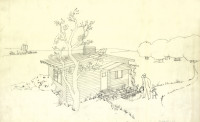
Metsäkoto was among the most popular models sold by Puutalo in its early years. This model shows several features typical of the company’s early designs including a low-pitched roof, asymmetrical facades and a projecting porch. Image © ELKA
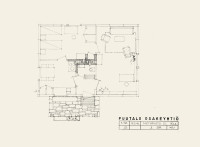
The 50m2 house had two rooms, a kitchen and a toilet. Image © ELKA
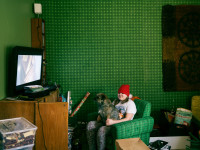
Matilda watches television with her dog in the living room. Each generation of inhabitants has left its mark on the interiors.
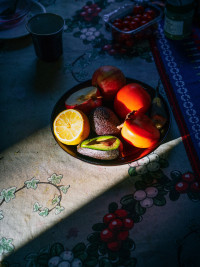
A bowl of fruit captures the winter light in late afternoon.
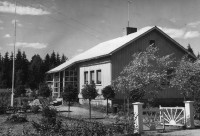
The 57m2 model Mäntykoto had an attic floor, which provided more living space. Since food was strictly rationed, large plots allowed residents to grow vegetables for their own needs. Photo © ELKA
The plots owned by the Red Cross became occupied by so-called ‘Swedish houses’, prefabricated wooden structures that the nation of Sweden had donated to Finland in order to help with the urgent housing crisis. Houses from Puutalo were then erected on plots owned by the Disabled War Veterans Association and these were paid for by donations from various companies, organizations and private citizens. Two types of houses were constructed: 50 m2 ‘Metsäkoto’ houses were built along Viestitie road while 57 m2 ‘Mäntykoto’ houses were built along Mottitie road. The neighborhood was solemnly inaugurated in June of 1943 with a ceremony overseen by Finnish President Risto Ryti.
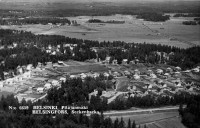
In the 1940s, the Helsinki neighborhood of Marttila was surrounded by fields and forests, although a new main road leading to the center of the city ran just nearby. Photo © Veljekset Karhumäki / Helsinki City Museum.
Although the region of Northwest Helsinki has changed dramatically since the 1940s, the Marttila neighborhood has retained a more suburban character than most of the surrounding area. The current town plan, approved in 1987, protects the neighborhood as a whole, but the individual buildings remain subject to change. In particular, Mottitie road has retained much of its original character. Although most houses have been slightly enlarged and a few have been destroyed by fire, the street has an appearance and density that resembles its condition in the 1940s. Viestitie road has undergone more dramatic changes, and most of the smaller ‘Metsäkoto’ houses are now difficult to recognize due to extensive additions and alterations.
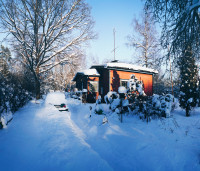
Many of the smaller Metsäkoto houses in the neighborhood are difficult to recognize due to extensive changes and additions. This model retains the original volume, while the open porch has been turned into a small entrance hall.
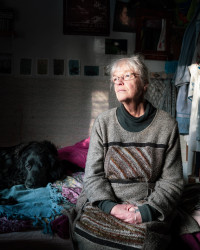
Pirjo bought this house in 1973 and her mother moved in a short time later.
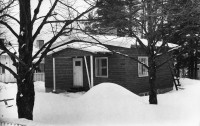
The Metsäkoto houses often had horizontal exterior cladding, which was installed on site to cover the vertical wall panels. Photo © ELKA
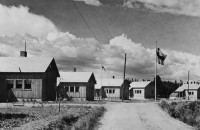
A row of newly completed Mäntykoto houses along Mottitie street. Photo © ELKA
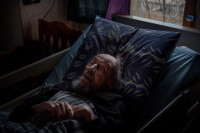
Olli moved in with his wife, Pirjo, in 1976. The couple lived together in this house for 54 years until he passed away in the fall of 2020.
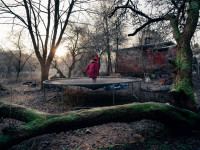
Matilda enjoys an afternoon in the backyard on her trampoline. Behind the trees is the main road leading to the center of Helsinki.
